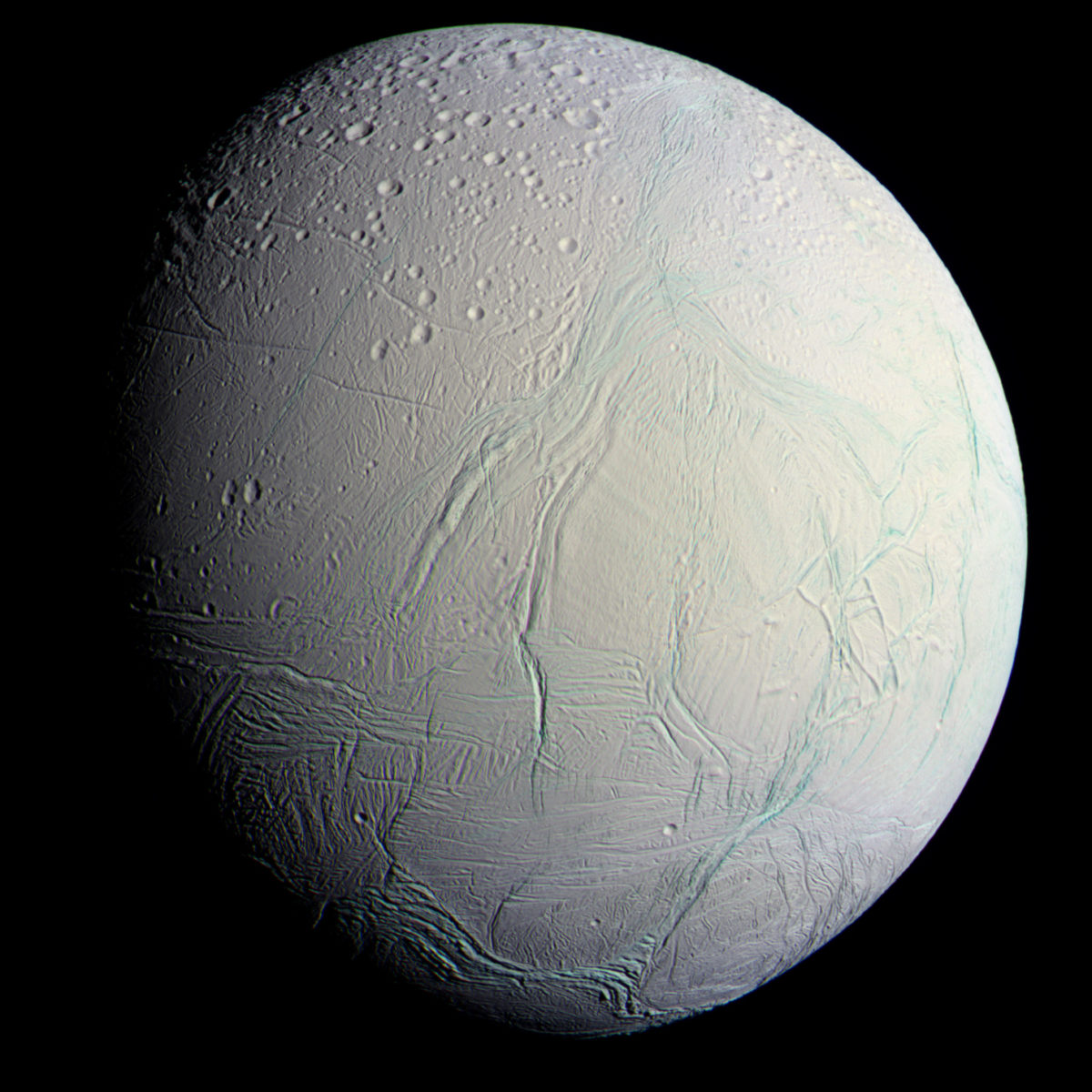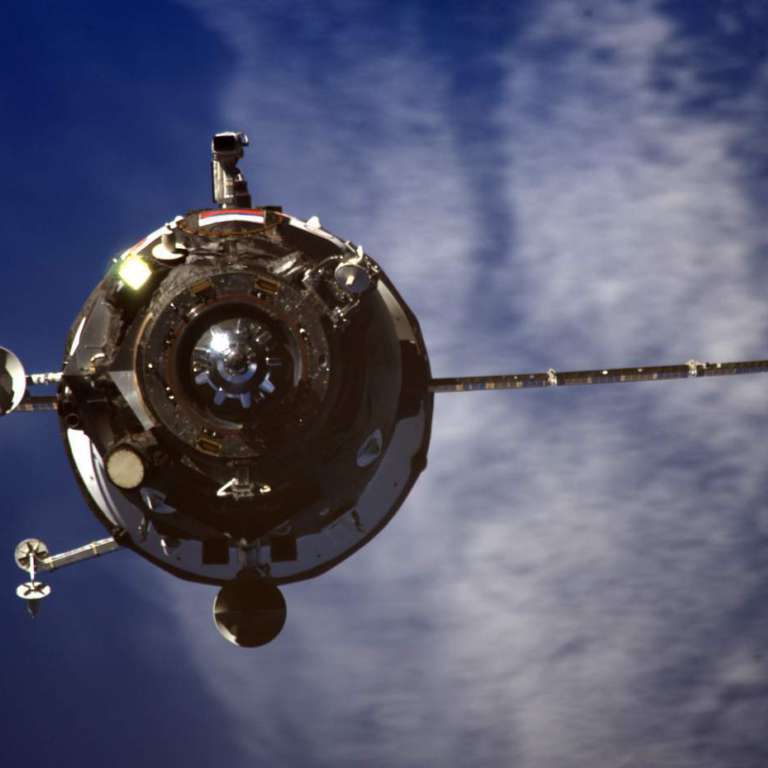All
All
Stories, updates, insights, and original analysis from The Planetary Society.
Our asteroid hunters are trying to save the world. Here’s what they’ve been up to
Here are some recent reports from our NEO Shoemaker Grant program asteroid observers, who are quite literally trying to save the world.
Fossils or good-looking rocks? Why searching for life on other worlds is hard
If you find a structure that looks like ancient life, can you be really sure that it is ancient life?
Another smoking gun in the search for life in Enceladus’ ocean
NASA's Cassini spacecraft sniffed out molecular hydrogen spewing from Enceladus' subsurface ocean. The discovery means Saturn's moon has all the basic ingredients needed to support life.
Expedition 50 had a fun and good ISS crew
I believe Expedition 50 had a fun and good ISS crew. I base this declaration solely on the moments they shared on social media. This logic is completely bulletproof and there's no point trying to prove otherwise.
NASA unveiled new plans for getting humans to Mars, and hardly anyone noticed
NASA revealed its most concrete plan yet for sending humans back into deep space, centered around a small lunar space station and a reusable transport ship to carry astronauts to Mars and back.
A repeat of the space shuttle's bold test flight? NASA considers crew aboard first SLS mission
NASA has only flown astronauts aboard a rocket's first flight once, when John Young and Bob Crippen took space shuttle Columbia on the boldest test flight in history. What are the risks of repeating the feat for SLS?
Microbes exist deep inside Earth’s craters. Could this be the secret to finding life on other worlds?
Earth possesses amazing biological diversity. Every corner of this planet—no matter how bizarre the place—is inhabited by microorganisms. This includes impact craters.
Let's talk about this whole Moon vs. Mars thing for human spaceflight
NASA's current human spaceflight goal is Mars, but the Trump administration could change that to the Moon. Is that a good idea? Here's an in-depth look at the differences in science gain, the arguments for and against a potential commercial market, and whether or not the technological and operational challenges required to reach the Moon apply to Mars.
Lunar orbit beckons: NASA’s next four years of human spaceflight
Our six-part Horizon Goal series concludes with a look at the future of NASA's human spaceflight program. As NASA prepares to set up shop beyond low-Earth orbit for the first time since 1972, are changes coming for the agency's Space Launch System rocket and Orion crew capsule?
European Space Agency Announces Budgetary Commitments
ESA has committed to continuing its ExoMars programme and participation with the International Space Station, but cut funding for its Asteroid Impact Mission.
ISS-bound Progress spacecraft fails to reach orbit, breaks apart over southern Siberia
This morning's launch of an uncrewed Russian Progress cargo spacecraft to the International Space Station went awry. Following a third-stage failure, the vehicle reentered Earth's atmosphere and broke apart over southern Siberia in Russia.
Rocket Road Trip: Watch a new video series on NASA's human spaceflight program
The Planetary Society debuts a new, five-part video series on NASA's human spaceflight program. We went on a 10-day, 450-mile journey throughout the southern U.S. to see how the agency is preparing to send humans beyond low-Earth orbit for the first time since 1972.
Long March 5 launch blasts China into age of space station and deep space exploration
Today, China launched its largest rocket yet, the Long March 5, from the new coastal launch center on Hainan Island. The launch is a major step forward on the country's path to deep space.
An international outpost near the Moon gets closer to reality
International Space Station (ISS) project partners are inching ever closer toward an agreement to begin the development of a new human outpost in the vicinity of the Moon. If successful, the cis-lunar space station (a space station in the vicinity of the Moon) will be the largest international space project to date, influencing the direction of human space flight for decades to come.
The flexible path to Mars: SLS, Orion and NASA’s Asteroid Redirect Mission
Since 2011, a once-in-a-generation transformation has been sweeping through NASA's human spaceflight centers in preparation for the era of SLS and Orion. How have the programs fared, and what first steps is NASA taking as it prepares for the journey to Mars?
Kate Rubins, NASA's DNA sequencing scientist, returning to Earth
NASA astronaut Kate Rubins is returning to Earth from the International Space Station. During her mission, she became the first person to sequence DNA in space.
ESA opens its ears to citizens of Europe
In September, the European Space Agency gathered 2,000 people around the continent to discuss their future in space.
To Mars, with a monster rocket: How politicians and engineers created NASA's Space Launch System
NASA is building a giant rocket called the Space Launch System to send humans to Mars. In part 4 of our Horizon Goal series, we recap the messy tangle of politics and engineering that led to the vehicle's creation in 2011.
SpaceX and the Blank Slate
SpaceX's plans to colonize Mars differ considerably from NASA's Journey to Mars ambitions. But direct comparison is difficult. SpaceX is able to wipe the slate clean and start fresh with a bold new approach to humans in space. NASA has no such luxury, and must use existing pieces and people to make their goals a reality.
Five things we learned from our #RocketRoadTrip
We're back from our #RocketRoadTrip through four states with NASA field centers involved in the agency's Journey to Mars program. We'll be sorting through our material for quite some time, but meanwhile, here are five key things we learned.


 Explore Worlds
Explore Worlds Find Life
Find Life Defend Earth
Defend Earth


 Sun
Sun Mercury
Mercury Venus
Venus Earth
Earth Mars
Mars Jupiter
Jupiter Saturn
Saturn Uranus
Uranus Neptune
Neptune Small Bodies
Small Bodies


















